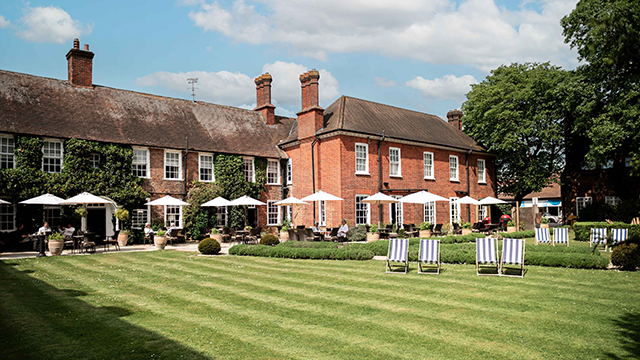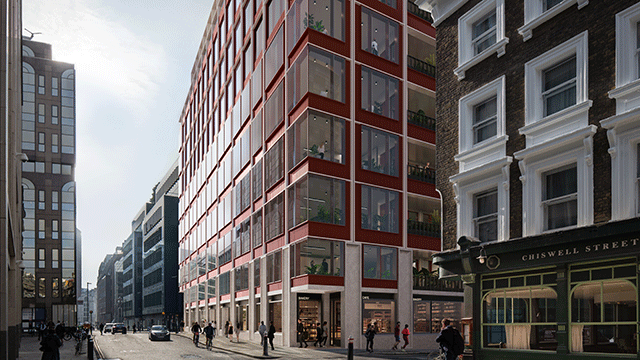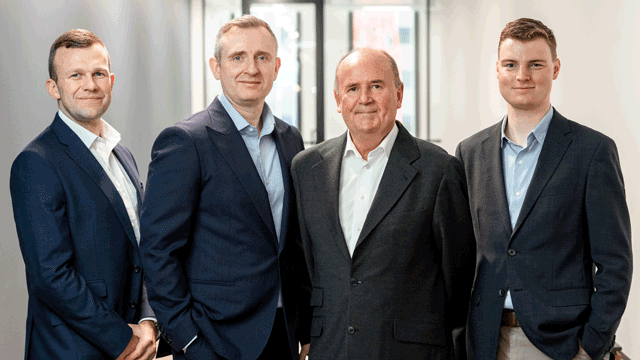EDITOR’S COMMENT The big green giant splashed another enormous handful of cash this week as it continues its expansion into more stable forms of revenue and a shift away from a reliance on the always exciting but rarely dependable world of brokerage.
CBRE’s acquisition of a 60% stake in project management specialist Turner & Townsend for £960m is its biggest outlay for more than five years and is a further sign of how determined the company is to dominate. And how it sees M&A as key to that.
CBRE can trace its history back 115 years. Established in San Francisco in 1906 in the aftermath of the earthquake that devastated the Californian city, the business – then known as Tucker, Lynch & Coldwell – began its journey to giant status through acquisition some 40 years ago.
Coldwell Banker, as it had become known by 1920, was sold to Sears in 1981, with its commercial real estate division spun out and sold to Carlyle Group for around $300m (£216m) in 1989.
In 1996, the firm went public, raising $80m through an IPO. A year later it splashed $145m on Koll Real Estate Services, and the regular deals to build the business began proper. In 1998, CB Commercial merged with Richard Ellis and swiftly acquired Hillier Parker. By 2001 the business had revenues of $1.3bn and been bought out by private equity group Blum Capital for $800m.
Two years later, Insignia Group was added to CBRE’s portfolio for $431m and just one year later the firm went public again, this time raising $140m.
Since then CBRE has spent more than $6.6bn on major acquisitions – plus tens of millions more on “in-fill” acquisitions. Those big acquisitions have largely been outside its traditional brokerage roots – Norland, Johnson Controls, FacilitySource, Telford Homes and Turner & Townsend – but have they been paying off?
CBRE certainly thinks so, saying that acquisitions account for a “significant component” of its growth. Based on its 2020 full-year revenues of $23.8bn, it is now the biggest real estate services firm in the world. And based on my (not always perfect) maths, its circa $7bn of investment since 2004 has yielded it a whopping $21.4m of extra revenue. Definitely a “significant component”.
The business today is so alien from the firm born out of the wreckage of the great earthquake of 1906, but so too is the real estate industry. And perhaps CBRE’s growth and acquisition strategy offers a lesson for the sector as a whole.
Deals and brokerage will always be the backbone of this sector, but the ability to offer a whole suite of services, to provide true advice across the whole spectrum of the built environment, is what will separate the giants from the minnows.
It’s a bit like us here at EG really. Not just news, not just deals, but a whole suite of intelligence for you. We’ve just not quite spent $7bn on growing the business. Yet.
■ Talking of spending whopping amounts of money, the independent RICS review into its governance row has been delayed. Again. The April report became the June report when Peter Oldham QC, who was leading on it, quit. Alison Levitt QC took over and we were promised a report in June. June became July, and now July has become mid-August. Has it been pushed back because there is so much information pouring in and Levitt is going to deliver some groundbreaking results? Or has it been pushed back to be delivered at an opportune time to hide bad news? Rumours abound too that there might actually be three reports – presumably not for the price of one.
To send feedback, e-mail samantha.mcclary@eg.co.uk or tweet @samanthamcclary or @EGPropertyNews











